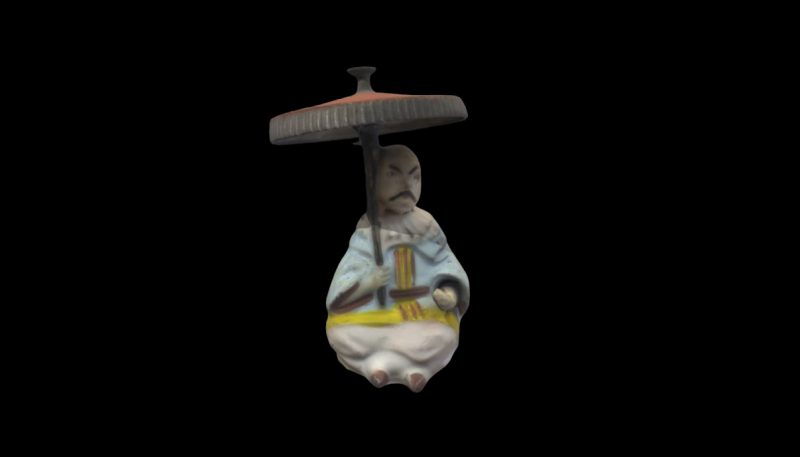Imari porcelain gets its name from the Japanese port from which this type of ceramic was shipped. During the pre-Meiji Period (1868-1912), they arrived at Nagasaki, the commercial port open to international trade, and from there they were shipped to Europe. The Imari style, with its characteristic blue, red and gold colored paint on white porcelain, was made in at least 12 kilns, varying in quality and shapes. Responding to both foreign and local tastes, Imari porcelain – together with Satsuma porcelain – became a style that was frequently exported at the end of the 19th Century. Foreign buyers in the late 19th Century recognized a “natural” beauty, high degree or perfection and Good taste in Japanese arts and crafts.
Imari Vase
Imari Vase
Japan, Japón
Periods: Late 19th Century
Dimensions: Height 18 cm.
Materials: Porcelain



